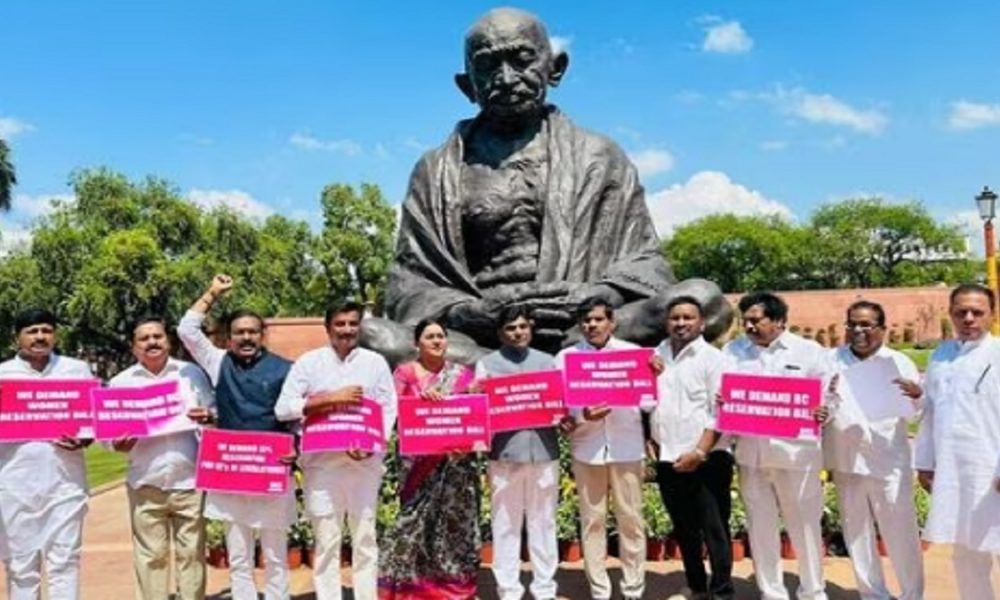
New Delhi: Union Law Minister Arjun Ram Meghwal on Tuesday tabled the Women’s Reservation Bill in Lok Sabha on Tuesday. The bill seeks to give 33% reservation for women in Lok Sabha and State Assemblies.
The bill will be debated in the Lower House on Wednesday and is likely to be presented in Rajya Sabha on Thursday.
What is Women’s Reservation Bill?
The 108th Amendment Bill calls for reservation of 33% quota for women in the lower house as well as Assemblies. Reports suggest that the bill also has provision of sub-reservation of SCs, STs and anglo-Indians. These reserved seats may be available on rotational level. It also states that the reservation of seats will expire after 15 years of commencement of the amendment act.
History of Women’s Reservation Bill
The women-centric bill has received unconditional support from all parties but it’s not the first time that it has been attempted. A couple of previous governments attempted to pass the bill but suffered roadblocks & setbacks.
The first move to initiate quota for women population of the country was attempted in 1989 under the leadership of the then PM Rajiv Gandhi. It was he who introduced the Constitution Amendment Bill to provide one-third reservation for women in rural and urban local bodies. The Bill was passed in Lok Sabha but failed to get clearance in Rajya Sabha in Sept 1989.
In 1992 & 1993, the then PM Narasimha Rao reintroduced the Constituent Amendment Bill 72 & 73 for allowing 33% reservation in 1/3 of all seats for women in rural & urban local bodies. The bill became a law with approval of both Houses. Till today, over 15 lakh women have been elected at panchayats & Nagarpalikas.
In 1996, Deve Gowda-led United Front government brought 81st Constitution Amendment Bill in Lok Sabha. it was referred to a Joint Parliamentary panel, however when the report came, the bill had lapsed with the dissolution of the Lok Sabha.
Then in 1998, Atal Bihari Vajypayee-led govt brought the bill again but failed to garner support for the same. The bill lapsed. Though, the bill was brought multiple times during after that didn’t meet with any success.
Manmohan Singh-led UPA govt brought the bill in May 2008 in Rajya Sabha to keep it ‘alive’. The bill was sent to Standing Committee and again came for Union Cabinet approval after some recommendations. It got eventually passed in Rajya Sabha with huge margin.
As the bill was not taken up in Lok Sabha for next few yeras, it eventually lapsed in 2014 after the dissolution of the lower house.




